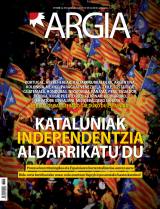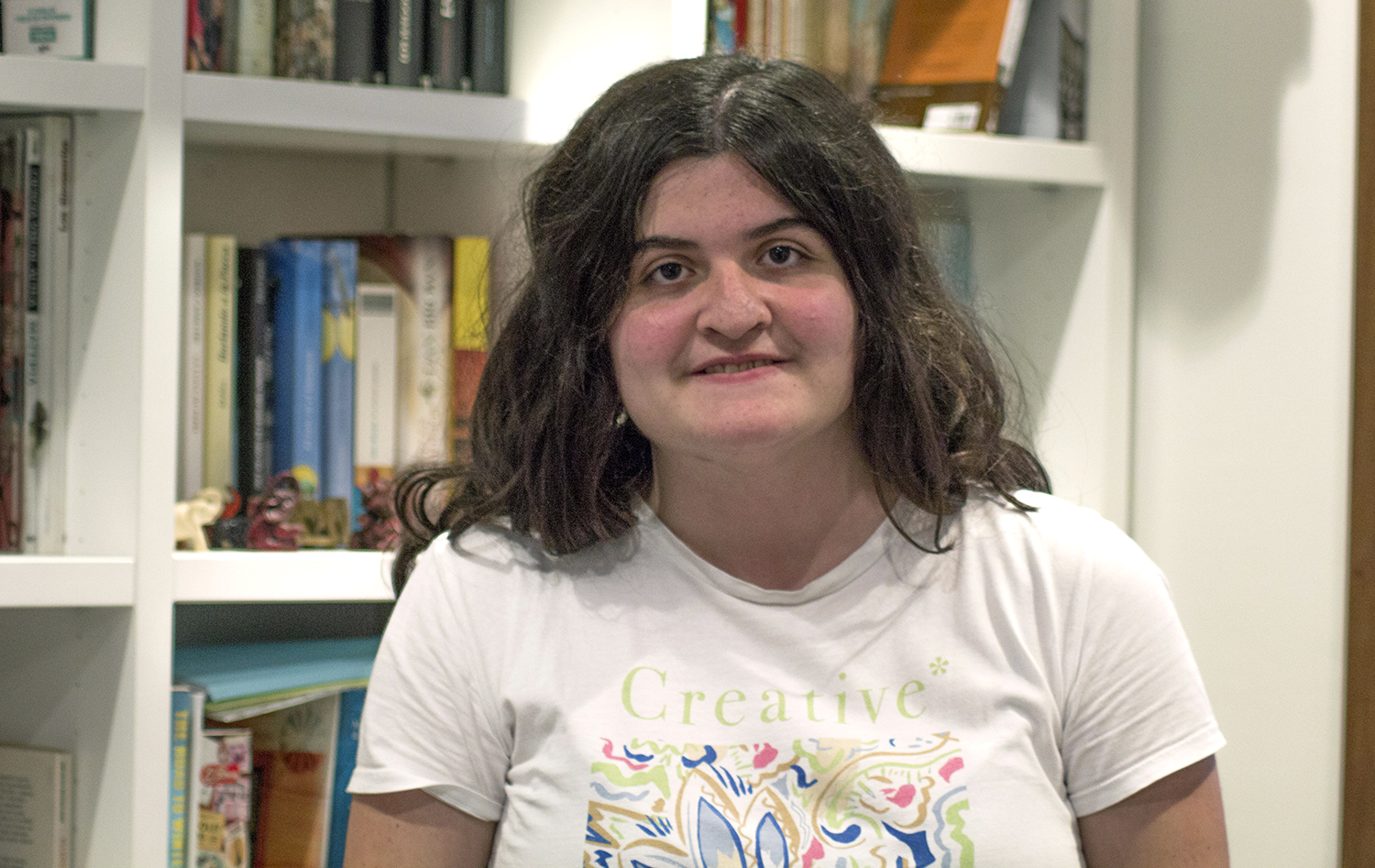Language, body map
- The patient's mouth opens, the tongue is out, and the doctor looks inwards. Who doesn't have that picture in his head? This hidden body tells a lot about our health.

In Chinese medicine, the diagnosis of the tongue is very developed. But you can't understand it as an isolated element. “The language gives us information to diagnose, but to get all the information we have to analyze more things,” explains Egoitz Garro, a spagirist who produces drugs with macrobiotics and plants. Along with the tongue, aspects such as the face, ear, iris, pulse, abdominals and emotional state work, analyzing the physical, psychological, energetic and spiritual aspect. “We try to understand the person as a whole, because everything is combined in one.”
In fact, in all traditional medicines there is a diagnosis of the language, but it is true that the image that many of us have in our heads, to which we have referred in the introduction, is no longer common, or very little. “When the medicine of Galen of Pergamon was abandoned and the medicine that we know today was developed, it was abandoned. Before, all the doctors had to look at the tongue and the eyes. And now, if they touch you, less badly,” Garro explained. “The system has given a paradigm shift. Medicine has been greatly rationalized and the human part, physical and psychological contact with the client, has been completely abandoned. Everything has been left at the mercy of the machine; if you remove the X-rays, the MRIs, the ultrasounds and the tests, the doctor does not know how to diagnose, unless he has much experience.” Chinese medicine is a very different paradigm and stresses the importance of knowledge.
As an ideology, the expert tells us that the map of the body is written about the language, that the language reflects the whole body. Each section corresponds to one organ. The area is worked out, each factor is read and conclusions are drawn: “If a person does not have a goat in the stomach, for example, it normally means that the mucosa is bad, that something is not right in this digestive system. We would be looking at gastritis.”
The diagnosis of the tongue is based on three characteristics: color, layer and shape. The color counts if the body is sufficiently hydrated or dry. Also if the circulation is good and the blood is rich, that is, if there is a tendency to anemia. He added that, in addition to the physical part, he also recognizes the psychic: “The tip of the tongue corresponds to the heart, both physically and emotionally. When there is emotional stress, it becomes red.” In addition, he explained that when we have pain, the tongue can move, it can tremble and have a tendency to go from one side to the other. On the other hand, the layer reports on moisture, cold and heat. There is also mucus or excess of grasa.Ademas of the appearance of the tongue, movement can also tell many things: “When a person does not have energy, he will barely speak out when he is asked to do so, he will do so with little force. The shape of the tongue is usually crushed.”
We can therefore take our language out of the mirror and learn how to analyze it according to color, shape and layer. The expert gave us some examples: “In the fall it’s very common to catch a cold or a cold. The language, therefore, we will see it on white layers. If you are going through an intense emotional state, the tip of your tongue will blush. He who has poor digestion and dry mouth will have the tongue stumbled, without foams and very red. This means lack of fluid in the body. It may reflect the lack of lymph, water, or blood.” Garro stressed that, although language provides a lot of information, it is another element, that the person as a whole has to work: “I, for example, attach great importance to heartbeat, because the diagnosis is more accurate and reliable.”
This wedge that the announcement on the radio Euskadi to replace the bathtub with a shower encourages the commencement of the works in the bathroom of the house. A simple work, a small investiture and a great change are announced. There has been a shift in toilet trends and a... [+]



















